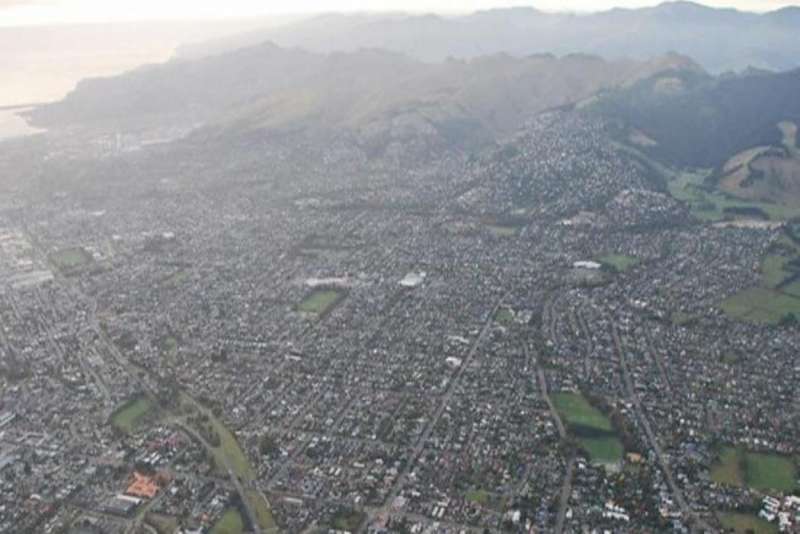COVID-19 and the unexplored role of neighborhood deprivation

Widely cited on the topic of contact tracing during the nationwide lockdown last year, Associate Professor Malcolm Campbell has collaborated with colleagues from UC's GeoHealth Laboratory, School of Health Sciences, Denmark's BERTHA Big Data Centre at Aarhus University and the New Zealand Ministry of Health to determine how a simple message designed to apply to everyone equally – 'stay home' – actually played out across the neighborhoods we live in.
"A key interest of mine, for many years, has been the role of inequality in society and how this leads to adverse consequences. Not just for those individuals at the raw end of any inequality, but for society as a whole," Associate Professor Campbell says.
Using data from mobile phones to help them understand patterns of movement, the researchers revealed unequal movements across our neighborhoods during New Zealand's lockdowns and lockdown levels in 2020.
The movement data showed how neighborhood deprivation had an important impact on the level of movement before, during and after a period of lockdown.
Neighborhood deprivation is an index, summarizing a collection of several different pieces of data that, once combined, give us an idea about relative differences between places.
Neighborhood deprivation can be measured by the number of New Zealanders receiving benefits, on a lower income or unemployed, those without qualifications and single parent families, but it can also include those who don't own their own home, or live in overcrowded or damp places.
Additionally, deprivation includes those who have no access to internet at home.
The lockdown in 2020, and subsequent attempts to reduce movement across the 'team of 5 million', served to both highlight, and potentially exacerbate, the existing social and spatial inequalities.
"The places that are the least deprived, had the most movement before lockdown. As soon as the lockdown hit, the more deprived areas were the most mobile," Associate Professor Campbell explained.
"Movements in more deprived neighborhoods decreased, but not by nearly as much as the less deprived areas. If the policy worked the same everywhere, you would expect the (pre-lockdown) pattern to stay exactly the same, just decrease."
This, as the researchers outline below, is why the risk of virus transmission is not spread equally through our neighborhoods, or the people who live there.
- New Zealand's frontline and/or 'essential' workers often live in more deprived neighborhoods, while the most affluent neighborhoods are where people are most likely to be able to work from home. This inevitably increases the risk for those unable to work from home.
- Supermarkets are 2.5 times more likely to be situated in neighborhoods with the highest deprivation compared to the least deprived neighborhoods. Those in deprived areas are also least likely to have the option to 'stock up' prior to a lockdown, for financial reasons, leading to more trips to the supermarket, putting them at additional risk of exposure to the virus.
"I'll often try to explain our collective problems using the metaphor of traffic, we are quite good at identifying the overall problem, of traffic, but not so good at seeing we are part of the problem."
Associate Professor Campbell explains that by driving our cars, we are traffic. While we quickly identify others around us as the problem, we are much less able to see the contribution we make to the overall traffic jam. We all will feel the impacts of inequality, but some neighborhoods much more than others.
"I think the kiwi phrase for this would be, 'some people are doing it tough', and it's important we recognise that."
More information: Malcolm Campbell et al. National movement patterns during the COVID-19 pandemic in New Zealand: the unexplored role of neighbourhood deprivation, Journal of Epidemiology and Community Health (2021). DOI: 10.1136/jech-2020-216108
Journal information: Journal of Epidemiology and Community Health
Provided by University of Canterbury





















